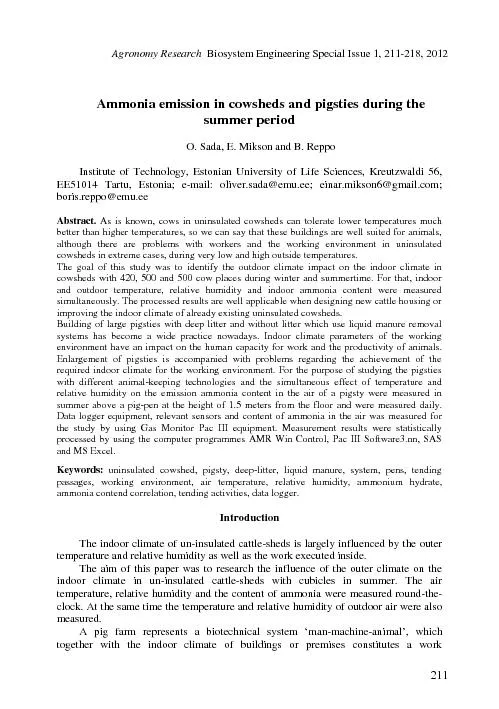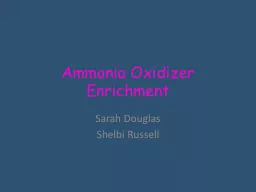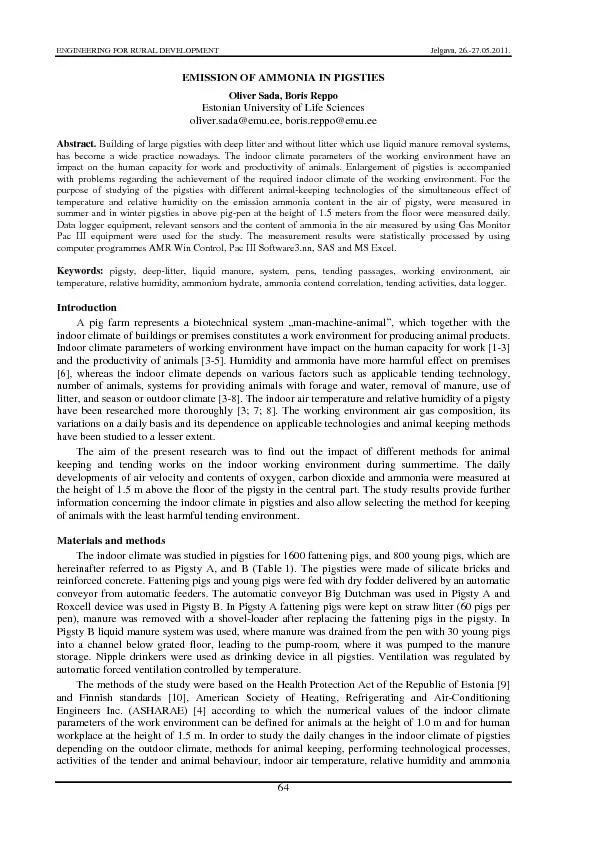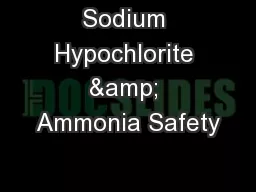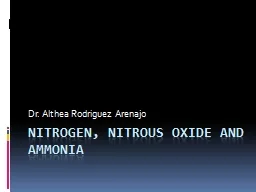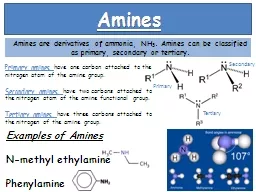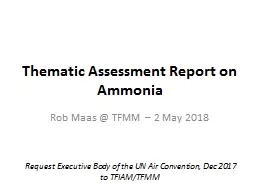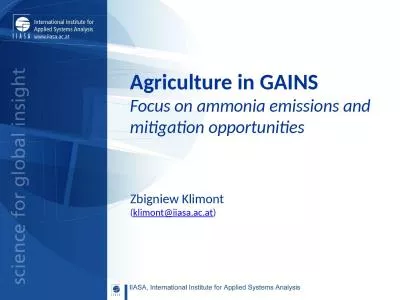PDF-Ammonia emission in cowsheds and pigsties during the summer period O.
Author : danika-pritchard | Published Date : 2016-03-09
211 Agronomy Research Biosystem Engineering Special Issue 1 211218 2012 212 environment for producing animal products Indoor climate parameters of a working environment
Presentation Embed Code
Download Presentation
Download Presentation The PPT/PDF document "Ammonia emission in cowsheds and pigstie..." is the property of its rightful owner. Permission is granted to download and print the materials on this website for personal, non-commercial use only, and to display it on your personal computer provided you do not modify the materials and that you retain all copyright notices contained in the materials. By downloading content from our website, you accept the terms of this agreement.
Ammonia emission in cowsheds and pigsties during the summer period O.: Transcript
Download Rules Of Document
"Ammonia emission in cowsheds and pigsties during the summer period O."The content belongs to its owner. You may download and print it for personal use, without modification, and keep all copyright notices. By downloading, you agree to these terms.
Related Documents

